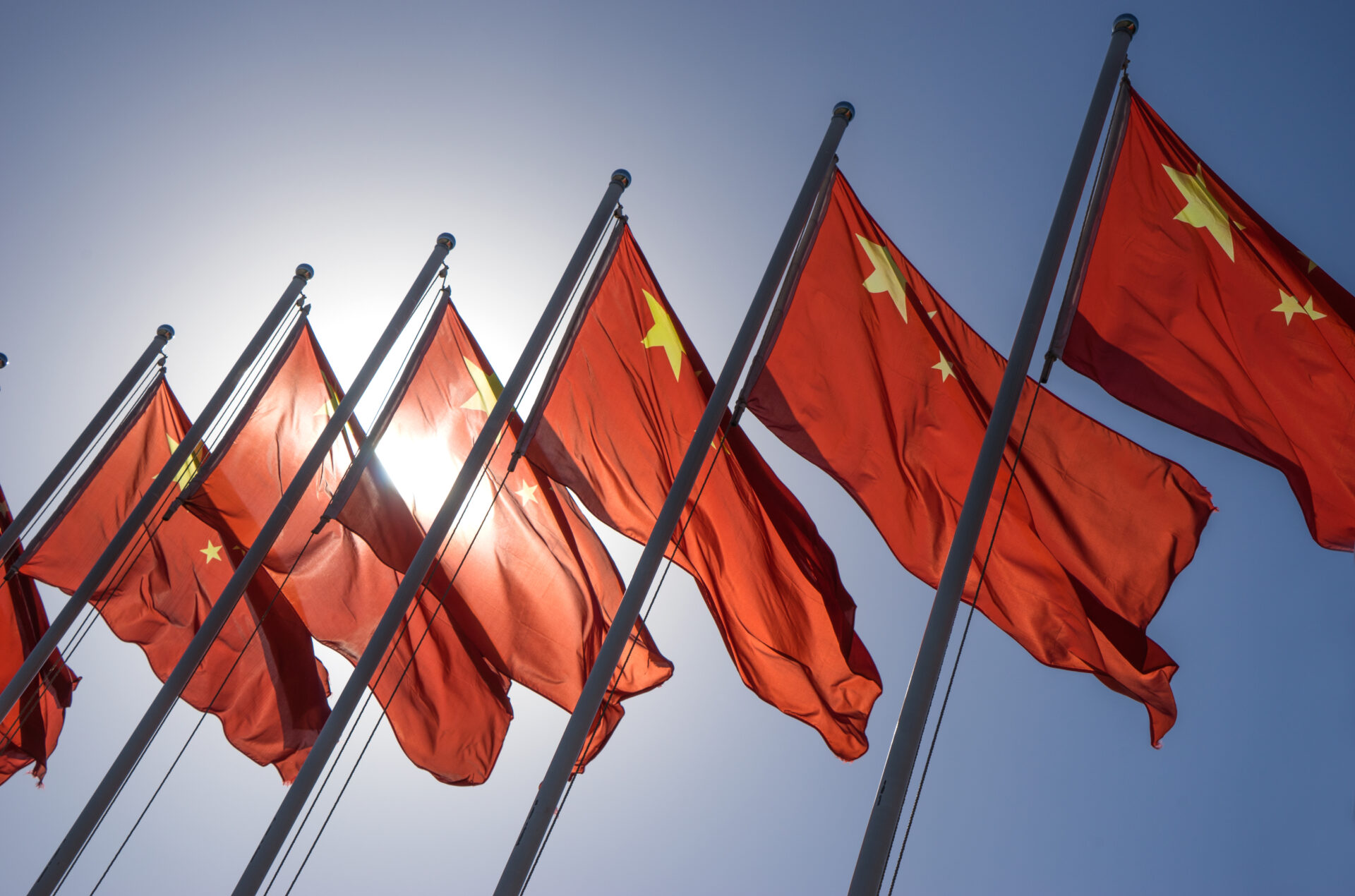
Middle Class CRUSHED By Tariff-Fueled Price Surge!
The U.S. inflation rate has surged to 2.7%, blindsiding families who were promised relief and exposing the harsh reality that tariffs, not just spending, are fueling America’s rising costs.
At a Glance
- The US inflation rate jumped to 2.7% in June 2025, the highest since February.
- Core inflation, stripping out food and energy, rose 2.9% over the year, signaling price pressures remain stubborn.
- New tariffs on imports are driving up prices on essentials like automobiles, furniture, and household goods.
- Gasoline, insurance, and medical care costs are also climbing, adding to the financial strain.
- Economists warn that sustained tariffs could lock in higher consumer prices for years.
Tariffs Fuel a Price Surge
June 2025 saw the inflation rate jump to 2.7%, with core inflation reaching 2.9%, marking the highest levels in months. The cause? A significant contributor is the surge in tariffs on imported goods, from automobiles to toys and household essentials. These trade penalties, designed to protect domestic industries, are instead ricocheting back onto American consumers in the form of higher prices.
Watch a report: June Inflation Spikes as Tariffs Bite.
Businesses are adjusting by passing the increased costs of imports directly onto consumers. For example, tariffs on furniture and cars have led to price hikes of up to 8% in some sectors, forcing families to pay more for the same goods. Energy policies constricting domestic production are compounding the issue, as gas prices surge alongside higher costs for goods.
Middle Class Caught in the Trade Crossfire
While policymakers frame tariffs as a tool for economic leverage, the real impact lands squarely on middle-class families. The shelter index is up 3.8%, medical care costs have risen 2.8%, and auto insurance is up a painful 6.1%. In high-cost areas like Chicago, inflation is nearly a full percentage point higher than the national average, magnifying the financial strain.
These price pressures erode paychecks, diminish savings, and stifle economic mobility. Experts warn that as long as tariffs remain in place or expand, the upward pressure on core inflation will persist. Regulatory burdens add fuel to the fire, ensuring that even essential goods remain trapped in an inflationary spiral.
Economic Outlook: Tariffs or Relief?
Unless Washington reverses course on aggressive trade barriers, Americans should brace for sustained price increases. Tariffs, once a targeted economic strategy for the administration, have become a stealth tax on every consumer. The question remains: will policymakers acknowledge the collateral damage, or continue a path that punishes the very people they claim to protect?
The message is clear—without serious policy shifts to moderate tariffs and regulatory overreach, inflation is here to stay, and families will keep paying the price.


